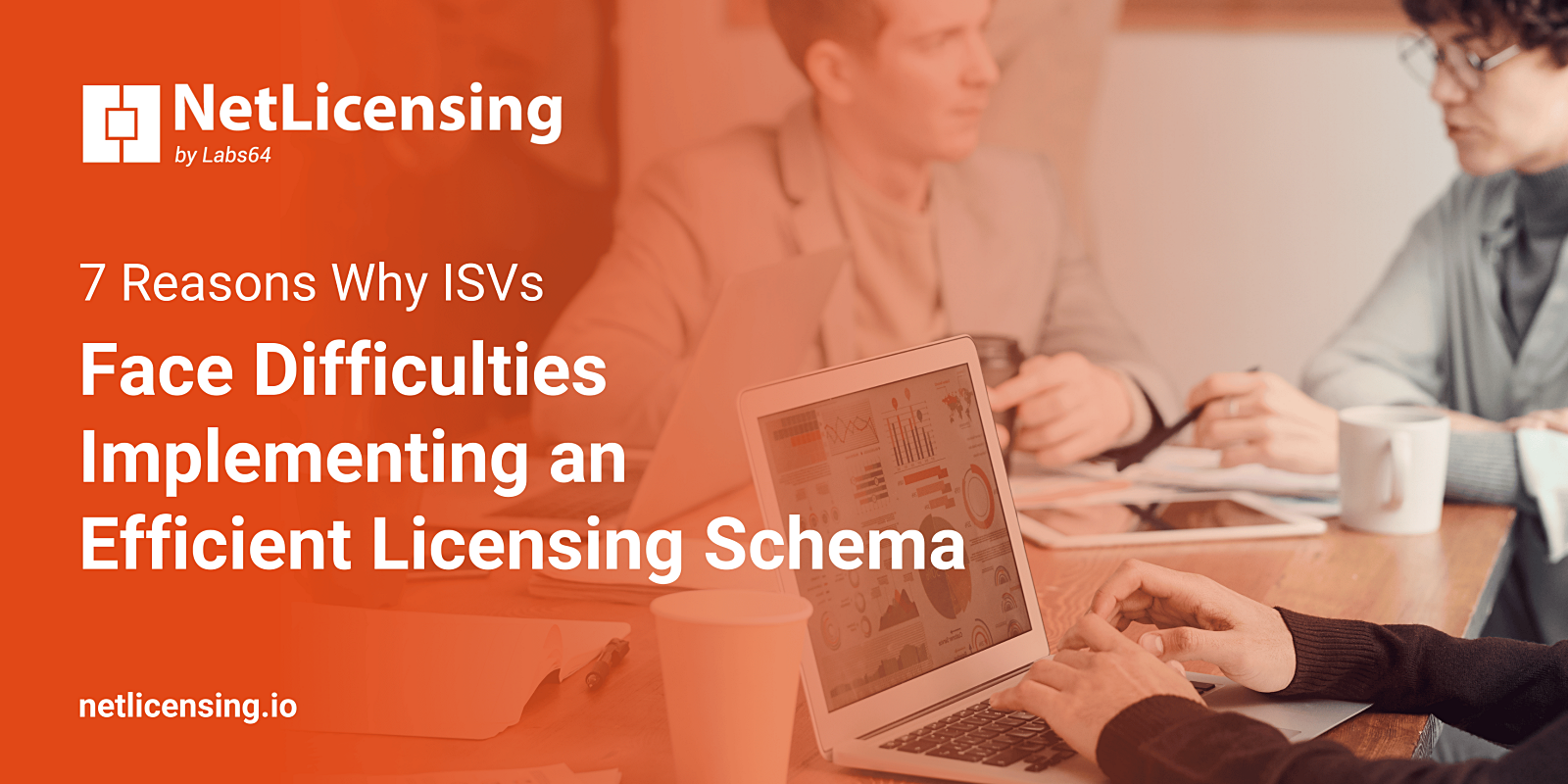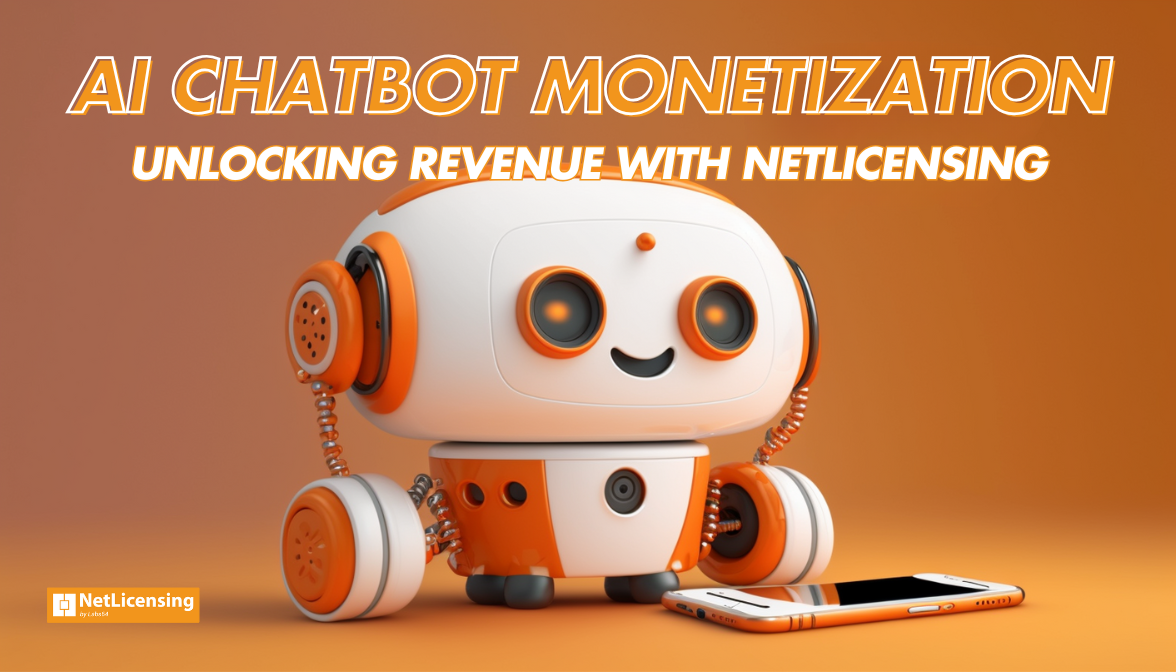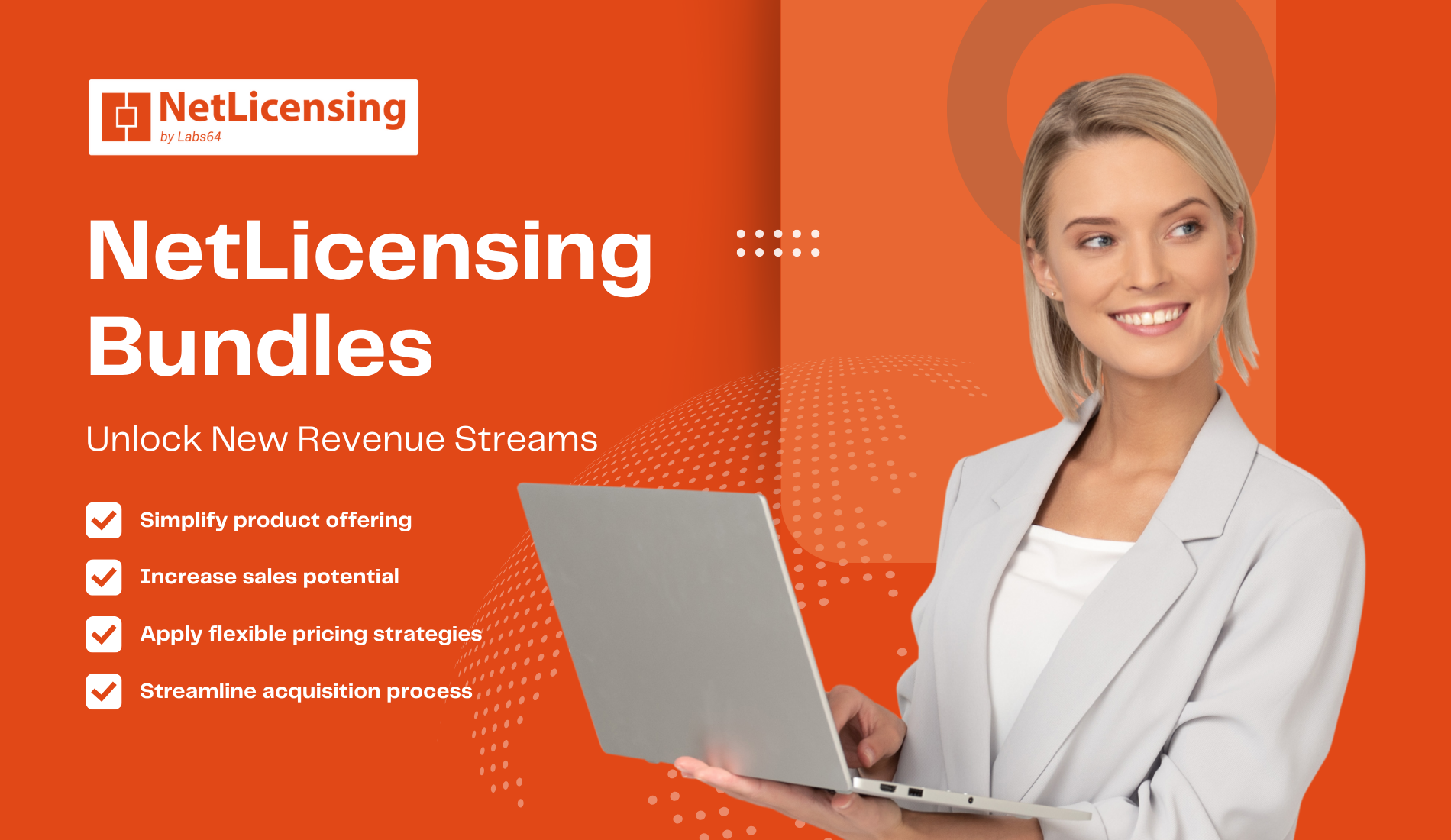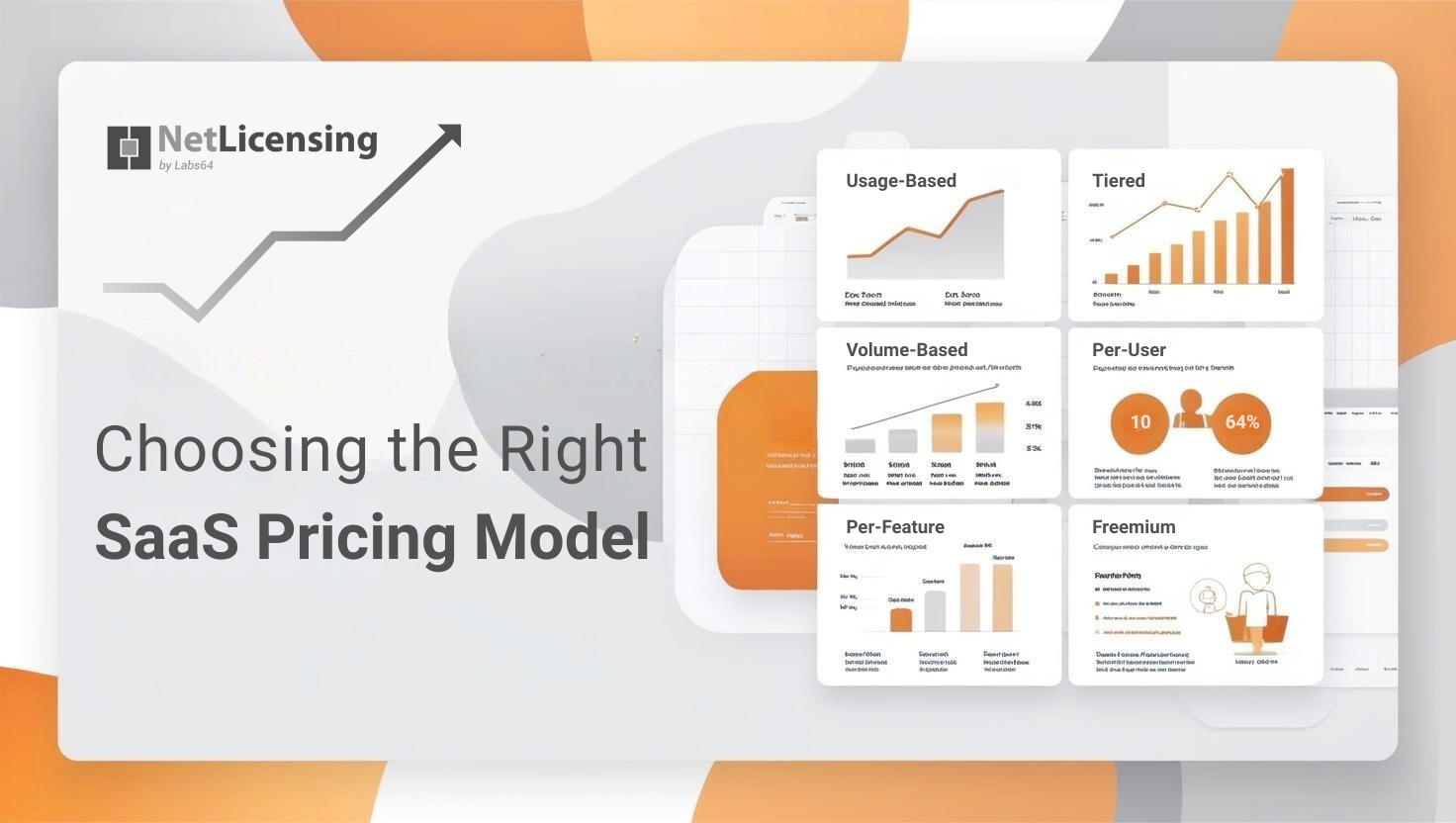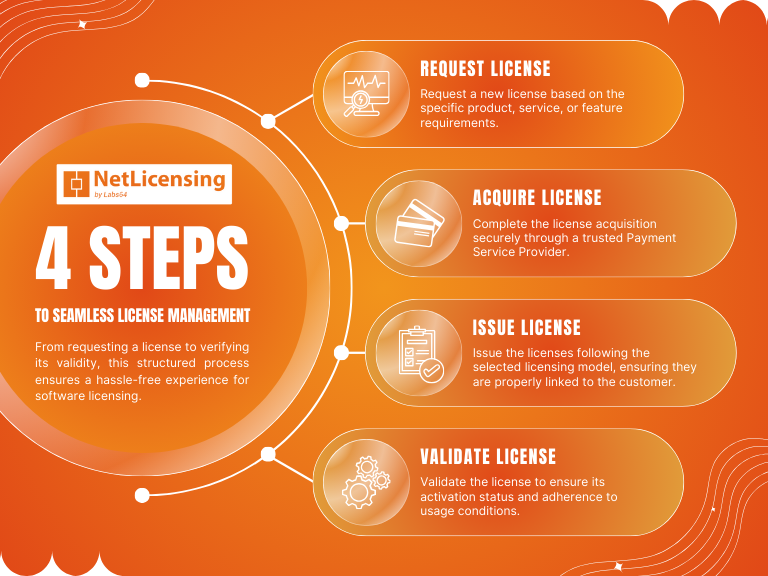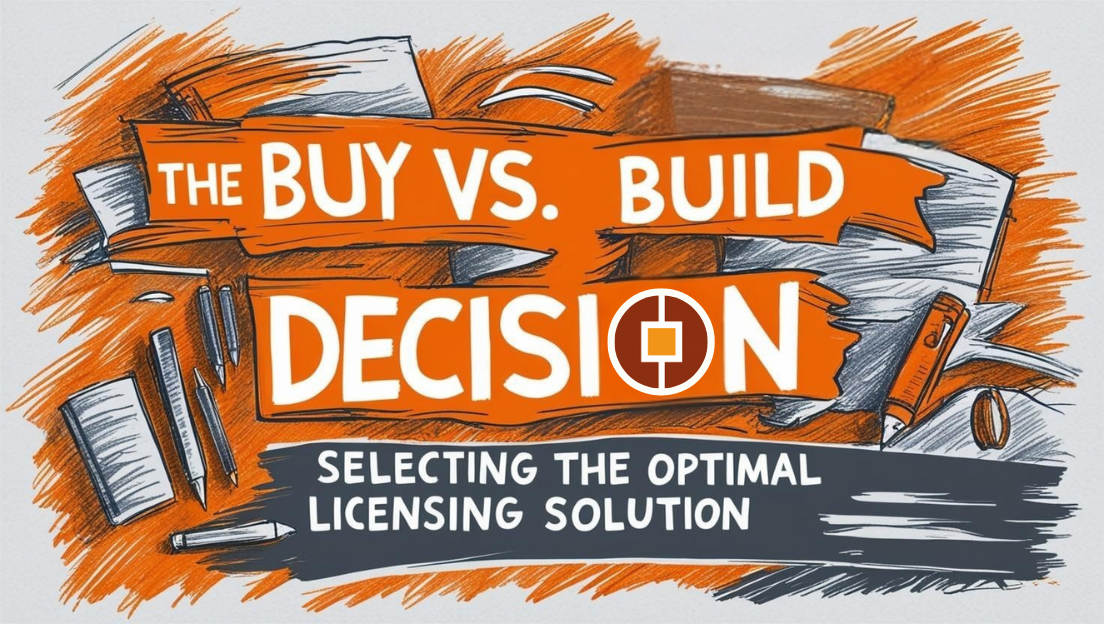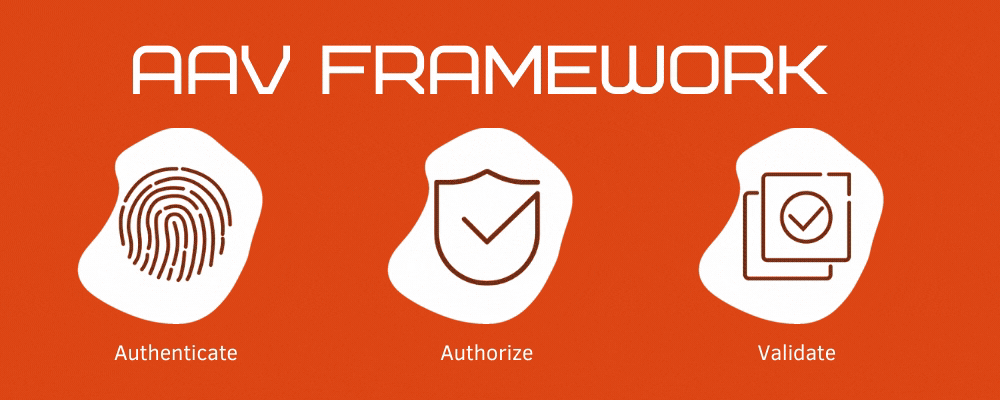The Importance of Licensing in IT Sales
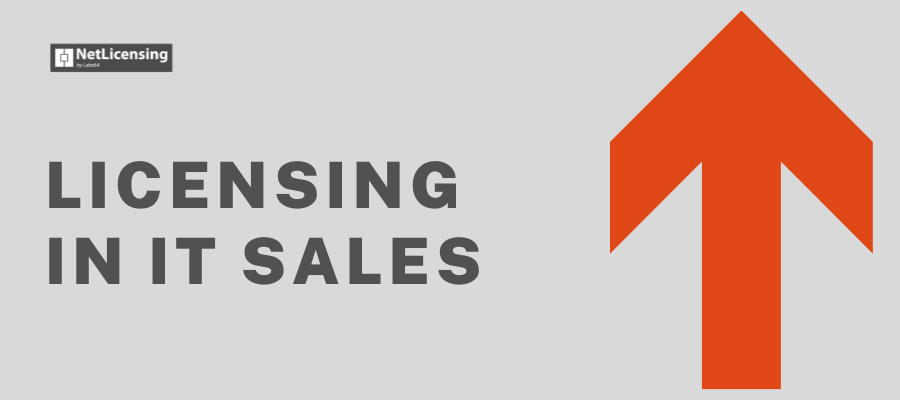
Licensing is a critical yet often overlooked component of IT sales, playing a significant role in shaping the financial and operational efficiency of businesses. Poor licensing decisions can lead to unnecessary expenses, misaligned strategies, and limited scalability—not because vendors intentionally complicate the process, but due to a lack of understanding or awareness among customers.
In many cases, customers rush to complete purchases without thoroughly exploring their licensing options, leading to mismatched solutions that fail to meet their long-term goals. Effective licensing requires an in-depth evaluation of budget constraints, specific business needs, and the scalability of the licensing model to ensure alignment with both current and future requirements.
Software Licensing Models
Software licensing can generally be divided into four primary categories:
- Perpetual Licensing
- Subscription Licensing
- Pay-As-You-Go Licensing
- Usage-Based Licensing
Each of these models comes with unique benefits and challenges, and understanding their differences is crucial to making the best choice for your organization.
Perpetual Licensing
Perpetual licensing is one of the oldest and most well-known models, granting the buyer indefinite usage rights for a one-time upfront payment. This model is most commonly associated with on-premise software deployments, where the software resides within the organization’s infrastructure.
Advantages:
- Ownership: Customers retain long-term access to the software without recurring fees.
- Independence: There is no reliance on internet connectivity or external hosting services.
- Cost Control: After the initial purchase, ongoing costs are limited to maintenance and support.
Challenges:
- High Upfront Costs: The one-time payment is often significant, calculated based on the number of users or licenses required.
- Maintenance Responsibility: Organizations must host, maintain, and support the software themselves, requiring skilled IT resources.
- Additional Support Costs: Vendor-provided support and updates are often sold separately, increasing total costs over time.
Perpetual licensing is ideal for organizations seeking ownership and long-term access, particularly for stable environments with predictable usage needs. However, it can be financially and operationally demanding for businesses without robust IT resources.
Subscription Licensing
Subscription licensing has become a dominant model in the software industry, particularly for SaaS (Software as a Service) platforms. Customers pay a recurring fee—monthly, quarterly, or annually—for access to the software, often with tiered pricing based on the features or level of support provided.
Advantages:
- Affordability: Low upfront costs make this model accessible to startups and growing businesses.
- Predictability: Fixed recurring fees simplify budgeting and financial planning.
- Vendor Management: The vendor handles hosting, updates, and support, reducing administrative and maintenance burdens.
- Scalability: Tiered plans allow businesses to scale their software usage as they grow.
Challenges:
- Lack of Ownership: Customers do not own the software and lose access if they stop paying the subscription fee.
- Cumulative Costs: Over several years, subscription fees can exceed the one-time cost of a perpetual license.
Subscription licensing is an excellent choice for businesses seeking flexibility, predictability, and minimal IT overhead, particularly for sustained usage with ongoing updates and support.
Pay-As-You-Go Licensing
The pay-as-you-go model ties software costs directly to usage. Charges are based on predefined metrics, such as the time spent using the software, the number of transactions processed, or resource consumption. This model is especially popular in cloud-based solutions.
Advantages:
- Flexibility: Costs scale dynamically with actual usage, ensuring you only pay for what you need.
- Low Entry Barrier: Minimal upfront investment allows businesses to start using the software immediately.
- Vendor Management: The software is typically hosted and maintained by the vendor, reducing the need for internal IT resources.
Challenges:
- Cost Variability: Expenses can fluctuate significantly, making it harder to predict and control budgets.
- Limited Cost-Effectiveness: For organizations with consistent or high-volume usage, this model may become more expensive over time.
Pay-as-you-go licensing is best suited for businesses with fluctuating demands or short-term projects, offering a flexible and scalable solution for variable usage patterns.
Usage-Based Licensing
Usage-based licensing, often viewed as an extension of the pay-as-you-go model, is designed for businesses where costs should scale directly with specific usage metrics. These metrics might include the number of API calls, data volume processed, or user activity levels.
Advantages:
- Direct Cost Alignment: Expenses are tied to actual business activity, ensuring optimal cost-efficiency.
- Scalability: Naturally adapts to growth or seasonal fluctuations, preventing overpayment during low-usage periods.
- Cost Optimization: Reduces the risk of over-provisioning resources, aligning expenses with needs.
Challenges:
- Budgeting Complexity: Fluctuating costs during peak usage periods can strain financial planning.
- Transparency: Requires accurate usage tracking and reporting to avoid disputes over billing.
- Complex Pricing Models: Some vendors use intricate pricing structures, complicating cost forecasting.
Usage-based licensing is particularly beneficial for businesses with dynamic workloads, such as e-commerce platforms or analytics tools, where demand can vary significantly.
Choosing the Right Licensing Model
Selecting the best licensing model requires a thoughtful evaluation of your business’s unique needs and circumstances. Key considerations include:
- Budget: Evaluate your ability to manage upfront versus recurring or variable costs.
- Usage Patterns: Assess how frequently and intensively the software will be used.
- Scalability: Ensure the licensing model supports both current requirements and future growth.
- Maintenance and Support: Decide whether you have the internal resources to manage the software or prefer vendor-hosted solutions.
- Cost Predictability: Consider whether fixed costs or variable expenses align better with your financial planning.
Conclusion
Understanding the four primary licensing models—perpetual, pay-as-you-go, subscription, and usage-based—is essential for making informed decisions that align with your organization’s goals. Perpetual licensing offers ownership and long-term use but requires significant upfront investment and maintenance resources. Pay-as-you-go and usage-based models provide flexibility and cost efficiency for dynamic needs, while subscription licensing strikes a balance between affordability and ease of management.
By carefully analyzing your budget, usage patterns, and future scalability, you can select the licensing model that best meets your business requirements. If you’re uncertain about the best choice, consult with your vendor or a licensing expert to ensure your decision supports both immediate objectives and long-term success.
Image Credits: NetLicensing
